[Guide] Clayton LPS II 2500 - 1kWh (leisure battery + Inverter) -- How I Done It -- (@Dellmassive)
its finally happened,
I've dipped my toes into the dark side of 12v leisure electrics.
The Clayton LPS II - the All In One ( 12v lifepo4 battery, dc-dc charger, 240v inverter, solar MPPT, + more)
+++
i have the 2500w (inverter) 1kWh (100ah lifepo4 battery) version. ie LPSII2500-1kwh
+++

+++
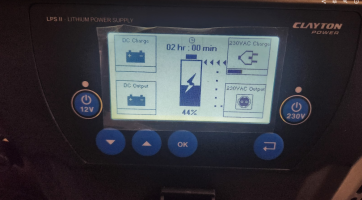
now this is going to be an interesting thread. . . and ill bring you along with me.
the original plan for the "BUS" - our other T6 van/camper was to fir out the standard leisure electrics.
but when this unit popped up for sale i had to give it a go.
weve already been testing and playing about with it . .
im happy to say it runs the coffee machine fine. . .
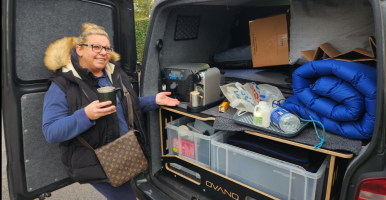
and had no issues running the Doris`s mega 2200w hair dryer, so thats two requirements ticked off.
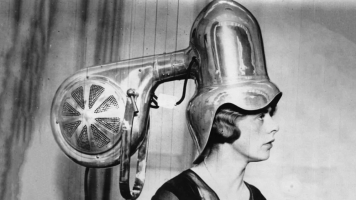
lets take a look at the spec. . . .
 www.claytonpower.com
www.claytonpower.com
+
this is what CLAYTON say:
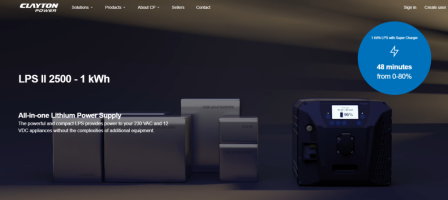
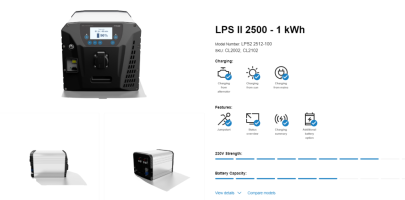
+++
Power: 2500 W
Continously: 180 A
Capacity: 1320 Wh (100 Ah)
Solar panels: 400 W
Mains: 750 W
+++

.

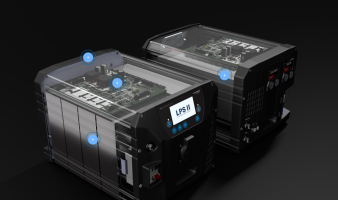


.
Nice. . .
its finally happened,
I've dipped my toes into the dark side of 12v leisure electrics.
The Clayton LPS II - the All In One ( 12v lifepo4 battery, dc-dc charger, 240v inverter, solar MPPT, + more)
+++
i have the 2500w (inverter) 1kWh (100ah lifepo4 battery) version. ie LPSII2500-1kwh
+++

+++

now this is going to be an interesting thread. . . and ill bring you along with me.
the original plan for the "BUS" - our other T6 van/camper was to fir out the standard leisure electrics.
but when this unit popped up for sale i had to give it a go.
weve already been testing and playing about with it . .
im happy to say it runs the coffee machine fine. . .

and had no issues running the Doris`s mega 2200w hair dryer, so thats two requirements ticked off.

lets take a look at the spec. . . .
LPS II 2500 - 1 kWh | 230V & 12V Lithium Power Supply - Clayton Power
Specifications
| SKU No. | CL2002 | |
| Battery type | Li-Ion 12V – 100Ah | |
| Battery chemistry | LiFePO4 | |
| Battery capacity | 100Ah (1320Wh) | |
| Battery available capacity | 80Ah (1050Wh) | |
| AC Input voltage | 207 VAC – 253 VAC | |
| AC input frequency | 45 Hz – 65 Hz | |
| AC Input power (Charge power) | 720 W | |
| AC Output voltage +- 10% | 230 VAC pure sine wave | |
| AC Output frequency | 50 Hz | |
| AC output power – Continuously (ambient temp) | 2300 W | |
| AC output power - 10 min. | 2500 W | |
| AC output power - Peak | 4000 W | |
| AC output power - AC In connected | 3000 W | |
| AC output efficiency (1000W) | 94% | |
| DC Input voltage | 11,5 - 32 VDC | |
| DC input current | 45 A | |
| DC input current with 1 external converter (efficiency) | 90 A | |
| DC output voltage | 10-14,4 VDC | |
| DC output charge current – Continuously | 90A | |
| DC output discharge current – Continuously | 180A | |
| DC output discharge current – 1 min. | 270A | |
| Solar input charging power (max.) | 400W | |
| Solar input voltage | 15 – 50 VDC | |
| Solar input charging current (max.) | 15 A | |
| Input signals (5) | C1, C2, M12 x 3 | |
| Output signals (4) | C2 & M12 x 3 | |
| Self-discharge rate per month | < 5% | |
| Self consumption - Operating mode, Only DC Output active | < 1 W | |
| Self consumption - Operating mode, inverter and DC Output in with > 50W | 30 W | |
| Connection 230VAC | Neutrik and Schuko | |
| Connection C1 / C2 | M4 | |
| Connection DC input | M8 | |
| Connection DC output | M8 | |
| Cooling | Forced air (fan) | |
| Operating temperature (output will be limited below 0°C and ab) | -20°C~50°C | |
| IP rating | IP21 | |
| Product weight | 23,5 kg | |
| Product dimensions (HxWxL) | 256x277x409mm | |
| Jumpstart | 40 A / 5 min |
+
this is what CLAYTON say:


+++
230 V/50 Hz output
Peak: 4000 WPower: 2500 W
12 V output
60 Seconds: 270 AContinously: 180 A
Built-in Li-Ion Battery
Efficient energy: 1 kWhCapacity: 1320 Wh (100 Ah)
Charging
Alternator: 500 W / SC: 1000 WSolar panels: 400 W
Mains: 750 W
+++

.




.
Nice. . .
Last edited:



























































